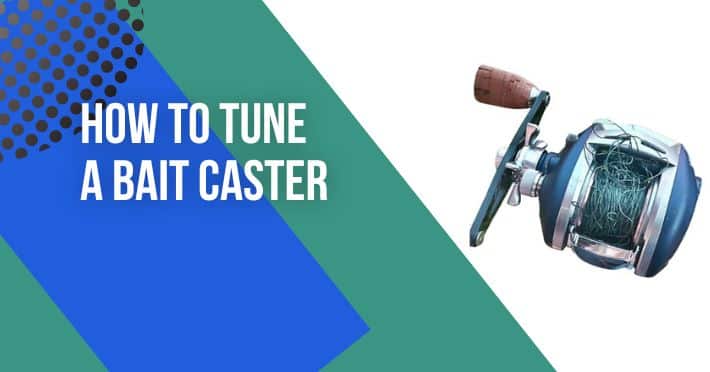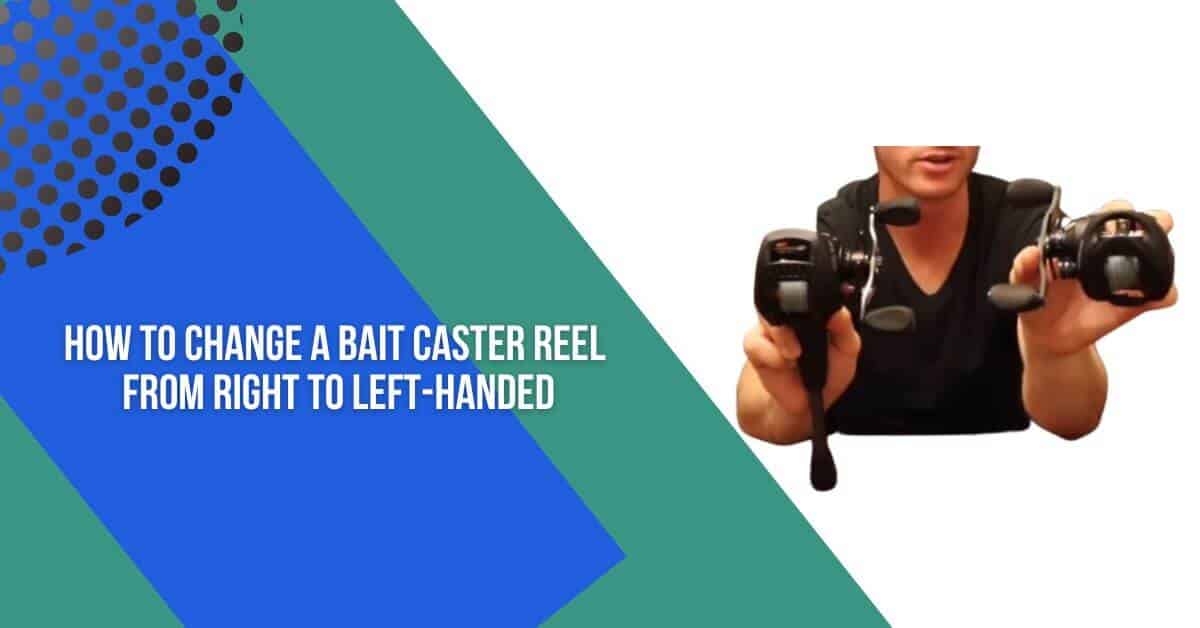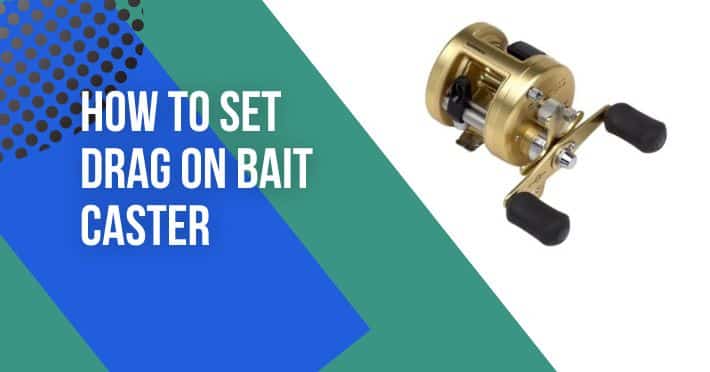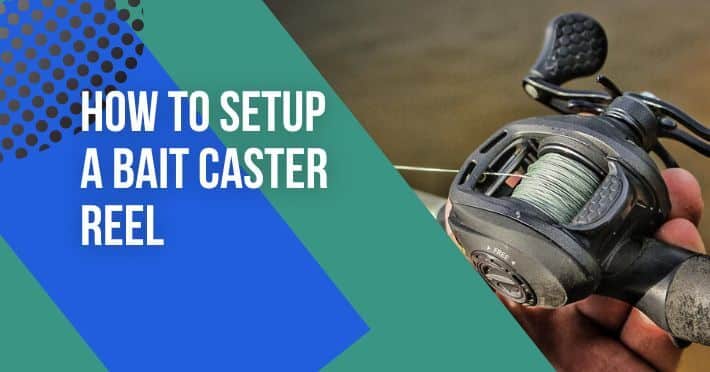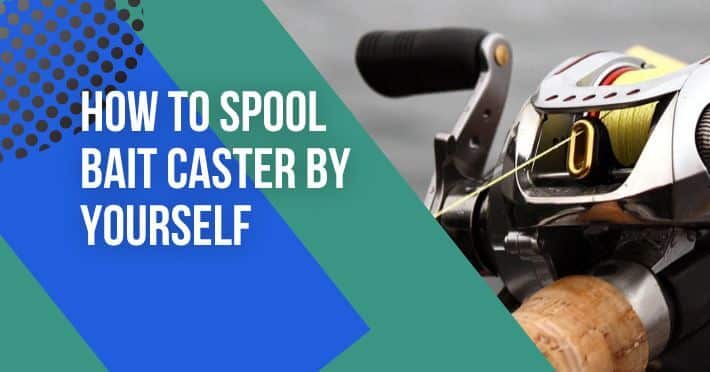Contents
- 1 How To Spool A Baitcasting Reel
- 2 The Tools And Materials Needed For Spooling A Baitcasting Reel
- 3 How To Remove The Old Line From The Reel
- 4 How to spool a baitcaster reel
- 5 Conclusion
- 6 Frequently Asked Questions
- 7 How much fishing line should I put on my baitcasting reel?
- 8 Can I use any type of fishing line on my baitcasting reel?
- 9 How do I prevent line twist and backlash when spooling my baitcasting reel?
- 10 How often should I spool my baitcasting reel?
A baitcasting reel is a type of fishing reel that uses a spool to hold the fishing line. Unlike spinning reels, baitcasting reels are mounted on top of the fishing rod and require a bit more skill and practice to use effectively. The design of a baitcasting reel allows anglers to cast their lures with greater accuracy and distance, making it a popular choice for many types of fishing. Learn how to spool a baitcasting reel in this step-by-step guide!!
One important aspect of using a baitcasting reel is spooling it correctly. This involves winding the fishing line onto the spool in a way that ensures proper line tension and prevents tangling or backlash during casting. A poorly spooled baitcasting reel can lead to frustration and lost fish, so it’s important to take the time to spool it correctly.
How To Spool A Baitcasting Reel
The basic steps for spooling a baitcasting reel are as follows:
- Select the right line: Choose a fishing line that is suitable for the type of fishing you’ll be doing and the fish species you’ll be targeting.
- Attach the line to the spool: Tie a secure knot to attach the line to the spool, and make sure the line is wound onto the spool tightly and evenly.
- Adjust the tension knob: Set the tension knob to the appropriate level based on the weight of the lure and the fishing conditions.
- Spool the line onto the reel: Turn the reel handle to spool the line onto the reel, making sure to keep the line taut and avoid any twists or tangles.
- Test the spooled reel: Test the spooled reel by casting a few times and adjusting the tension as needed to ensure smooth and accurate casting.
By following these steps and taking the time to spool your baitcasting reel correctly, you can increase your chances of success and enjoy a more rewarding fishing experience.
The Tools And Materials Needed For Spooling A Baitcasting Reel
To spool a baitcasting reel correctly, you will need the following tools and materials:
- Fishing line: Select a fishing line that is appropriate for your fishing situation, taking into account factors like the fish species, water conditions, and casting distance.
- Baitcasting reel: Make sure you have a baitcasting reel that is appropriate for your fishing needs and is in good working order.
- Spooling station: A spooling station is a device that holds the spool of fishing line and helps guide the line onto the baitcasting reel. You can purchase a spooling station or make your own using a pencil or other cylindrical object.
- Scissors: You’ll need scissors to cut the fishing line to the appropriate length and to trim any excess line once you’ve spooled the reel.
- Line conditioner: Line conditioner is a spray or liquid that helps reduce friction and prevent line twists and tangles. It can also help protect the line from UV damage and other environmental factors.
- Tension knob tool: Some baitcasting reels come with a tool to adjust the tension knob, which controls the amount of resistance on the spool during casting. If your reel doesn’t come with a tool, you can use a small flathead screwdriver.
Each of these tools and materials serves a specific purpose in spooling a baitcasting reel. Fishing line, of course, is the essential material that you’ll be winding onto the spool. The baitcasting reel is the device that holds the spool of line and guides it during casting.
The spooling station helps ensure that the line is wound onto the spool evenly and with the appropriate tension. Scissors are necessary for cutting the line to the right length and trimming excess line. Line conditioner helps keep the line in good condition and reduces friction during casting. Finally, the tension knob tool is used to adjust the tension on the spool to prevent backlash and ensure accurate casting.
How To Remove The Old Line From The Reel
Before spooling a baitcasting reel, it’s important to remove the old line from the reel. Here are the steps to follow:
- Loosen the drag: Before removing the line, make sure the drag on your reel is loose to prevent damage to the reel and to make the process easier.
- Cut the line: Use a pair of scissors to cut the old line as close to the spool as possible. Be careful not to cut the spool or any other part of the reel.
- Remove the line: Slowly unwind the old line from the spool, being careful not to create tangles or knots. If the line is tangled, gently work out the knots using your fingers.
- Dispose of the old line: Old fishing line can be harmful to the environment and wildlife, so it’s important to dispose of it properly. Check with your local fishing or sporting goods store to see if they have a line recycling program. If not, you can cut the line into small pieces and place it in a plastic bag for disposal in the regular trash.
By following these steps and properly disposing of your old line, you can ensure that your fishing gear is in good condition and that you’re doing your part to protect the environment.
How to spool a baitcaster reel
Conclusion
Spooling a baitcasting reel is an important task that ensures your fishing gear is in good condition and helps you have a successful day on the water. By following the steps outlined above, you can spool your baitcasting reel correctly and avoid issues like line twists, tangles, and backlash.
Frequently Asked Questions
How much fishing line should I put on my baitcasting reel?
The amount of line you should put on your baitcasting reel depends on the size of the spool and the type of fishing you’ll be doing. As a general rule, fill the spool to about 1/8 inch from the top to prevent overfilling and line twist.
Can I use any type of fishing line on my baitcasting reel?
No, you should select a fishing line that is appropriate for your fishing situation and your reel. Check the reel’s manual or contact the manufacturer to determine what type and weight of line is recommended for your reel.
How do I prevent line twist and backlash when spooling my baitcasting reel?
To prevent line twist and backlash, make sure the line is wound onto the spool evenly and with the appropriate tension. Use a spooling station to guide the line onto the spool and adjust the tension knob on your reel to prevent backlash.
How often should I spool my baitcasting reel?
The frequency with which you need to spool a baitcasting reel depends on how often you fish and how much wear and tear your line experiences. As a general rule, you should inspect your line before each fishing trip and replace it if it shows signs of wear or damage.


